#Chinese architecture
Explore tagged Tumblr posts
Text








Fujian Tulou 福建土樓
Fujian Province - China - 12th century
Tulous are rural dwellings located in the mountainous Fujian province, in the south-east of China. The community buildings were built by the Hakka people, for a defensive purpose and to establish a community organization from the 12th century to the 20th century.
The Fujian Tulou are defensive forts but also community buildings. Their form allows to unite several families within the same building, or a whole clan. These closed volumes could house up to 800 people within their terracotta walls. The architecture and organization of the Tulou is not reproducing the social hierarchy, everyone is at the same level. The rooms are of the same size, with the same windows, rising vertically according to the size of the family.
The outer walls are made of clay, earth, lime and stone, and the inner structure is made of bamboo arranged vertically as a bone structure. In addition, key parts are often decorated with a mixture of sticky rice and brown sugar to improve the stickiness. A stone base (often sandstone) allows the lower part of the wide outer earth wall to be up to 3m thick. The upper part of this wall is formed using the same technique but has a thickness reduced to about 1.50m. This has a double effect. Firstly to insulate the ground from attacks from the outside, and secondly to ensure thermal comfort during the harsh winters. Besides, the transverse earth walls are also very thick and function as fire walls. The buildings have between two and five floors and are divided vertically, each family having two or three rooms per floor depending on the structure of the transverse walls. Finally tiled roofs unify the structure and overlook the courtyard.
#fujian#tulou#fujian Tulou#chinese culture#china#chinese architecture#asian architecture#asian culture#community#福建土樓#12th century
25 notes
·
View notes
Photo










chinese garden in winter by ATM
2K notes
·
View notes
Text

Shaxi, 2019
#original photographers#photographers on tumblr#travel#china#yunnan#street photography#ancient architecture#chinese architecture#urban landscape#streetphoto color#alley
60 notes
·
View notes
Text





Wuzhen 乌镇 is a historic town located in the north of Zhejiang Province, China. It was first built in the 7th century during the Tang dynasty, and is characterized by its Jiangnan (region in eastern China) style architecture.
It lies within the triangle formed by Hangzhou, Suzhou and Shanghai. It has a total population of 60,000.
Wuzhen has been the permanent host place of the annual World Internet Conference, an international Internet conference held in China, since 2014.



#china#🇨🇳#chinese heritage#chinese culture#chinese#people’s republic of china#prc#chinese architecture#chinese history#sino#Jiangnan#east china#Eastern China#historic towns#chinese historic towns#Chinese historic cities#historic cities#Jiangnan architecture#jiangnan Culture#Zhejiang#Zhejiang province#wuzhen#traditional#traditional architecture#Traditional Chinese culture#River houses#canals
718 notes
·
View notes
Text



The Great Wall
North of Beijing, China
#photographers on tumblr#original photographers#scenic#landscape#landscape photography#greatwall#beijing#china#chineselandscape#climbingsteps#chinese architecture
15 notes
·
View notes
Text









Old Chinese houses are an inexhaustible creative space in terms of wooden interiors. To me, something alike is associated with childhood memories of a countryside house in Zhejiang.
Photo: ©遗产君
#ancient china#chinese culture#chinese history#chinese architecture#ming dynasty#qing dynasty#old china#chinese customs#wooden architecture#wooden buildings#wooden interior#vintage interior#interiors#interior design#interior architecture#interior#interior decor#interior inspiration#woodworking#wood carving
2K notes
·
View notes
Text
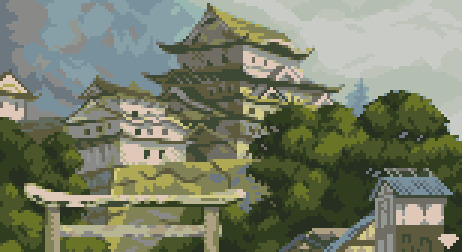
Himeji Castle
twitter ♦ prints ♦ tip jar
#pixel art#artists on tumblr#pixel#ancient wonders#pixelart#pixel aesthetics#8bit#pixel graphics#aseprite#pixel illustration#my art#civilization#ancient civilizations#sid meier's civilization#world wonder#china#chinese history#chinese architecture#medieval china
443 notes
·
View notes
Text







Pavilion ∞, Hangzhou, China - Atelier Lai
#Atelier Lai#architecture#design#building#modern architecture#interiors#minimal#modern#concrete#contemporary architecture#timber#wood#timber frame#structure#curved#ceiling#roof#cool architecture#glass#beautiful design#pavilion#public space#cafe#bar#seating#views#china#chinese architecture#design blog#interior design
165 notes
·
View notes
Text
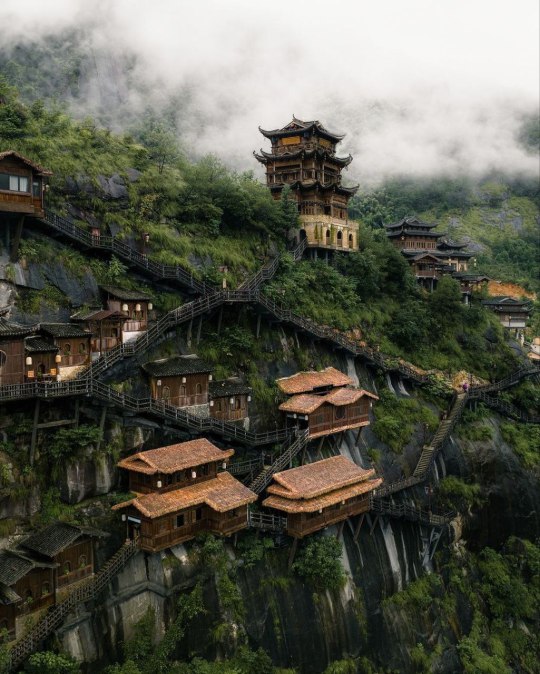
#a e s t h e t i c#green aesthetic#china#chinese architecture#japan travel#japanese art#japan aesthetic#feudal japan#japan#landscape#architecture#art#trees and forests#tree aesthetic#aesthetics#moody aesthetic#kyoto#osaka
410 notes
·
View notes
Text


By obsidianphotog
(LA Miller)
#photographers on tumblr#nature#obsidian photography#nature photography#photography#outdoors#oregon#landscape photography#chinese architecture
111 notes
·
View notes
Text

Shanghai, China
https://whatyoulookingatnow.blogspot.com/2025/04/shanghai-china.html
#shanghai china#china#shanghai#sculpture#pond#architecture#chinese architecture#chinese history#chinese culture#world history#big cities#city photography#travel destinations#travel photography#toya's tales#toyastales#toyas tales#style#spring#april#photograph#photography#photo
55 notes
·
View notes
Text
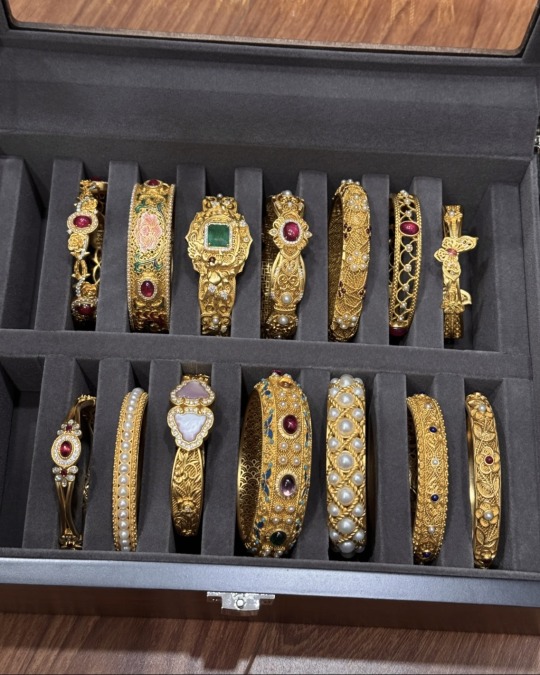




Traditional Chinese gold bracelets. Made using an ancient craftsmanship called filigree inlay 花丝手镯
Beijing and Hebei filigree inlay techniques were historically the most famous and renowned in the industry.
Examples of Chinese bracelets from the Ming and Qing dynasties (1368-1644 and 1644-1912 respectively).

#china#chinese heritage#chinese culture#chinese#people’s republic of china#Jewelry#chinese architecture#Beijing#chinese history#Chinese jewelry#chinese gold#gold#Beijing + Hebei#bracelets#Ming dynasty#Chinese crafts#qing Dynasty#artifacts#Chinese artifacts#Hebei#Chinese craftsmanship#Chinese bracelets#chinese fashion#chinese art#🇨🇳#filigree inlay#golden bracelets#gold bracelets#gold jewelry#craftmanship
620 notes
·
View notes
Text

Evening Glow in the East
Sun and Moon Pagodas in Guilin, China
#photographers on tumblr#original photographers#chinese architecture#pagoda#nightphotography#seascape#seascape photography#nightlights#architecture#historic architecture#longexposure#longexposurephotography#peaceful#scenic#guilin#china
171 notes
·
View notes
Text









Ming Covered Bridge in Old Lishui
This Ming Dynasty covered Huguan Bridge (護關橋), located not far from our ancestral home in Lishui (麗水), is representative of all facilities of its kind. Like most contemporary buildings, this structure has metamorphosed and evolved over the centuries.
Roofed bridges are a typically Chinese architectural phenomenon. Despite their reduced romanticism compared to open ones, covered bridges are exceptionally durable and much more human-friendly.) The preservation of the wooden structure is impressive, given the dampness from the river and the usual Zhejiang weather mood. The very name of Lishui is roughly “Beautiful Water”, it's everywhere.
A curious feature of Chinese bridges is that they often include a tiny shrine. In this case, it is a home-like altar dedicated to Guan Yu.
Photo: ©张霂佑tago
#ancient china#chinese culture#chinese history#qing dynasty#ming dynasty#chinese architecture#old china#chinese customs#chinese folk religion#guan yu#scenic#landscape#scenery#countryside#wooden architecture#wooden buildings#bridge#covered bridge
104 notes
·
View notes
Text
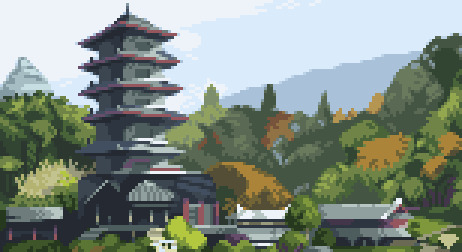
Porcelain Tower
#pixel art#artists on tumblr#pixel#pixelart#pixel aesthetics#8bit#pixel graphics#aseprite#pixel illustration#my art#ancient civilizations#ancient history#ancient wonders#sid meier's civilization#world wonder#chinese architecture#chinese history#porcelain tower
190 notes
·
View notes
Text
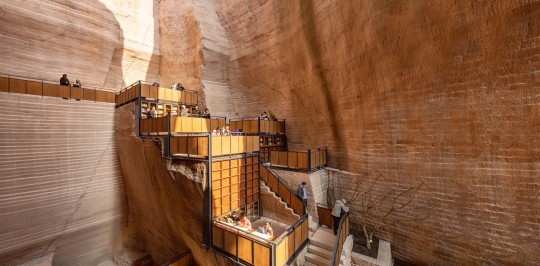
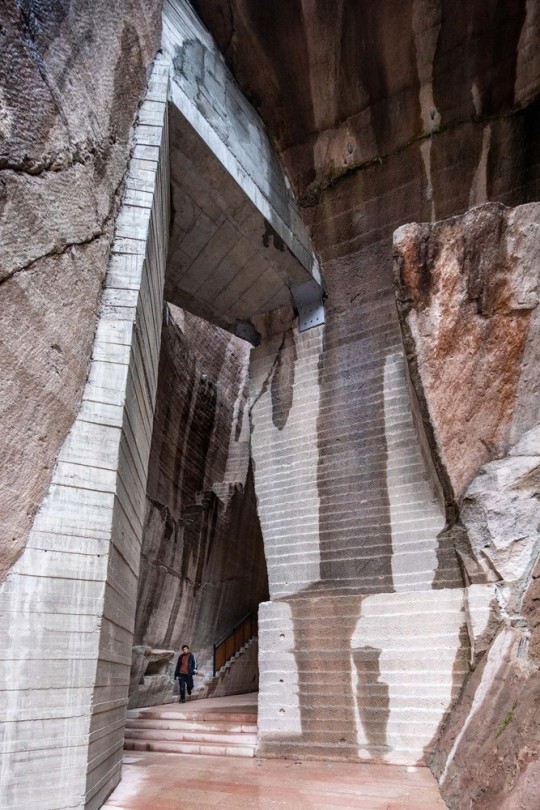





Quarry No. 8 & 9, Lishui, China - DnA
#DnA#architecture#design#building#modern architecture#minimal#modern#concrete#stone#stone building#stairs#quarry#adaptive reuse#inventive#amazing design#amazing places#landscape#tall#light#library#book shelves#books#reading spot#china#theatre#cultural#chinese architecture#design blog
188 notes
·
View notes